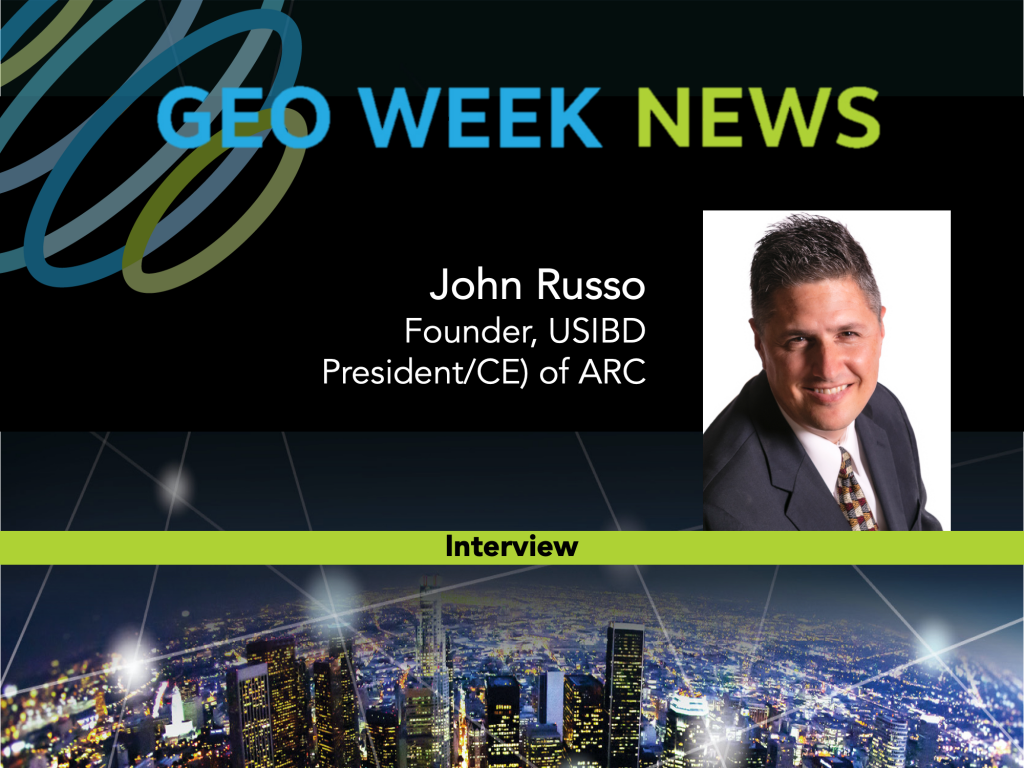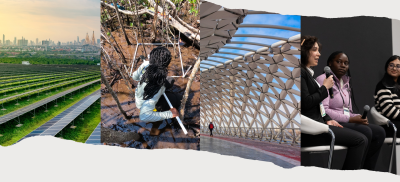This article is part of our Road to Geo Week series.
Click here to register for Geo Week in Denver, CO, February 6-8, 2022, and see USIBD's conference program here.
John Russo is the long-time president of the US Institute of Building Documentation (and prone to understatement) says “Covid has had a pretty substantial impact on keeping people connected.”
No doubt. And there’s also no doubt people are eager to get back in the room with one another. “We depend heavily on these in-person meetings to build community,” Russo says, “and it’s been a challenge. I think one of the reasons people want to be a part of the organization in the first place is to network with peers and … well, you can do web meetings, but it’s not the same as being there in person. You can’t peel off and have a one-on-one conversation with someone. It’s very difficult in an online environment.”
Especially with the pace at which technology is moving in the space, the chance to interact, and those spontaneous conversations are crucial to keeping up.
For example, Russo says, look at indoor mobile mapping. “It’s really grown substantially over the last two years,” he says, “to where we’re seeing a lot more activity with people adopting it and using it in real world use cases. Whereas there may have been some early adopters a couple of years ago, now it’s starting to become mainstream.”
Do you have mobile mapping in your workflow? Still think you can’t overcome the accuracy problems? “I think those barriers are starting to be overcome,” Russo says, “and the industry is adopting it as a result.”
For mobile mapping, the USIBD session, “Mobile SLAM: How To Communicate Accuracy and Precision to Customers Accustomed to Terrestrial LiDAR”, will be of particular interest on Monday afternoon.
And no wonder people are adopting new tech. With the pandemic has also come a huge demand for virtual spaces, whether to take the place of in-person tours or to fuel the burgeoning metaverse.
“We saw that take off almost immediately after the pandemic started,” Russo says. “Being able to actually visit the buildings that you can’t visit in person is huge.”
Augmented and virtual reality is right on the heels of those kinds of applications, too. “We’re at the very early stages of that,” Russo says. “I think we’re waiting for the software developers to create ways for us to implement some of these virtual applications in practical ways. I think over the next couple of years we’ll see an explosion in that realm.”
For more on that, you just might want to check out “Bringing Laser Scan Data into the Metaverse” on Tuesday afternoon.
With all this future tech, however, “standards are still important,” Russo says, and that’s why, 10 years into the organization’s existence, there’s still a focus on coming up with uniform ways of working.
“Whenever new technologies come about,” he says, “there’s the excitement of trying to see how the technologies work. Then the real world hits and you start to struggle with how to set up the best workflows. That’s where standards come in. You need something to help guide how these technologies are going to really work.”
If you need a refresher, or to get started, USIBD will be offering Level of Accuracy training and certification as part of their program Monday.
And not to worry: The Scanner Shootout is back, too. They’ll have a number of scanning devices lined up to scan the same material boards and see how the data stacks up. Even better, “I won’t give away the whole show,” says Russo, “but there will be a couple of surprises at the end of the shootout with regard to some other new instruments.”
Checking out new tech? Yeah, that’s why you go to the show.






